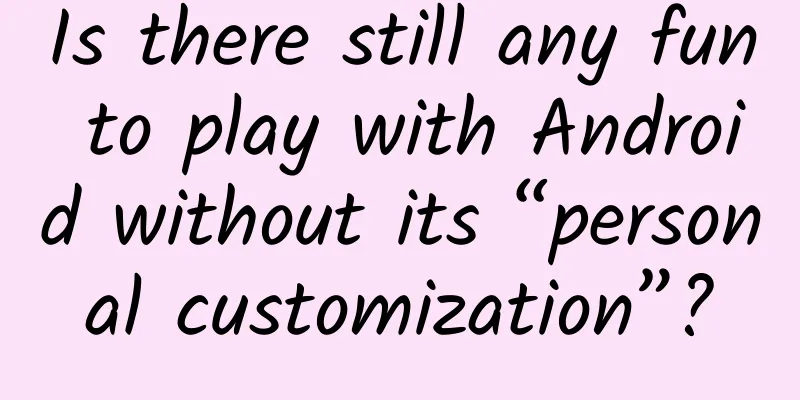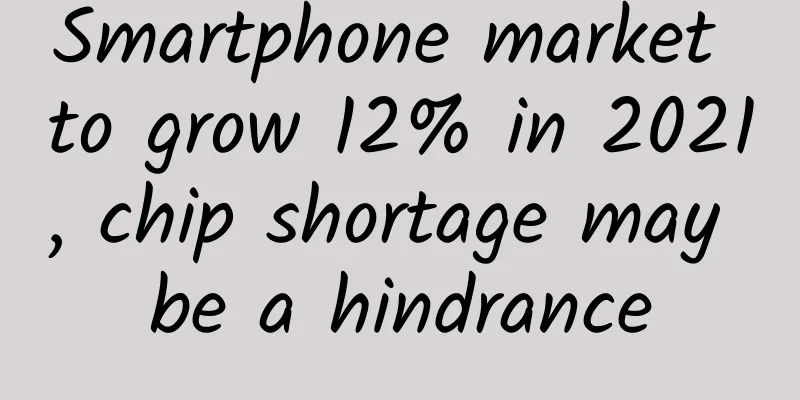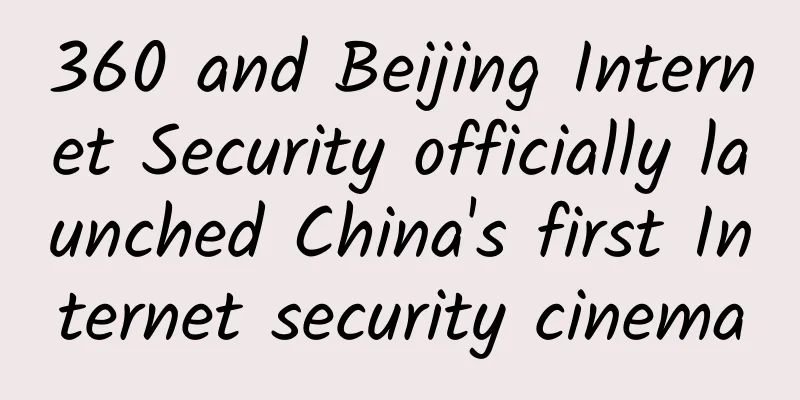Is there still any fun to play with Android without its “personal customization”?

|
Andrew Cunningham, a product expert at the well-known American technology blog Ars Technica, recently published an article interpreting a series of strategic signals revealed by Google's "Google I/O Developers Conference" held in San Francisco. In his opinion, the OEM personalized system concept previously supported by Google has been completely abandoned, and users will be greeted by a highly consistent Android ecosystem in the future. The following is the main content of the article: The detailed evaluation of the hardware and software of the Android Wear platform will not be officially published until next week, but we have used Samsung Gear Live and LG G Watch for a while, so we can still give a more pertinent opinion on the actual performance of these new smart watches. During the use, the biggest feature we found is that their software operation methods are very similar, and there are even only very subtle differences in use. In the system information interface, we can see that the two devices are running the same operating system and system version number. I believe that this practice will also be extended to the systems and user interfaces of smart devices pre-installed by some other OEM manufacturers in the future. David Burke, technical director of Android at Google, has confirmed to the media that the future user interface and version number of all new Android platforms, including Android Wear, Android Auto and Android TV, will be unified by Google, not OEM manufacturers. "From this point of view, the user interface is already an important part of the product, and we want users to have a unified user experience. So, when you have Android TV in two rooms at the same time, Google wants to ensure that their operation and user interface are consistent. Device manufacturers can put brand labels on these devices or pre-install their own services and applications, but other elements should remain unchanged." Burke said. At the same time, Burke also said that Google has the ability to directly manage system updates and upgrades for all these devices. Take Android TV for example, the upgrade method of these devices is completely automatic and seamless, just like the desktop version of Chrome browser, and Google's plan is to adopt the same strategy for Android Wear and Android Auto. It is not difficult to see that Sundar Pichai, who has just taken over the position of president of Android for a year, hopes that the company can further strengthen its direct influence on its operating system. User Interface This is great news for Android enthusiasts and Google aesthetic art lovers, because they can now focus on the choice of device hardware configuration without having to consider software versions and interfaces. But on the other hand, system UI customization enthusiasts will not be able to personalize the interface of Android Wear, Android Auto, and Android TV devices as easily as before. Even if they want to do so, they may need to follow the example of Samsung's first-generation Galaxy Gear and Amazon's Fire TV, first obtain the complete "Standard Android Open Source Project code", and then DIY and optimize the user interface from scratch. In fact, this strategy is contrary to Google's previous philosophy on Android phones and tablets. In the early days of Android, this system platform was almost an excellent arena for OEM manufacturers, because these manufacturers could build their own app stores and system UI based on Google's Android code, and then sell a large number of hardware products under their own brand names. However, as the Android ecosystem continues to develop, the double-sided nature of Google's strategy has become increasingly obvious. Most OEMs and local mobile operators now heavily brand Android's interface, software, and features, in part to differentiate them from other Android devices. However, the history of Windows laptops (OEMs often bundle a lot of custom software in Windows laptops) has made it clear that hardware manufacturers have never been masters of software development. At the same time, early Android versions themselves were not perfect and could not compete with iOS for a long time. For example, Google did not build movie and music stores into Android until 2011, and Android's standard user interface looked very cumbersome and even mediocre until the later launch of Ice Cream Sandwich and Jelly Bean. In terms of functionality, Android's response was also unexpectedly slow. For example, the Bluetooth 4.0 standard was launched as early as 2010, and Apple used this standard in the iPhone 4S launched in 2011, making the device the world's first smartphone to support Bluetooth 4.0. However, Google did not support this technology until Android 4.3, which was released in mid-2013. Fortunately, Google has spent a lot of energy in the past year to solve this problem. The most obvious example is that Google now pushes many feature updates to consumers through the Goolge Play Store, and this method can support almost all OEM customized systems. System fragmentation It is worth mentioning that Google's previous practice of "doing everything to grab market share" has also brought itself a lot of sequelae, the most obvious of which is the problem of system fragmentation. In 2014, 15% of Android devices still run the Android system version launched in 2010, 48% of Android devices run the Android version launched in 2012, and only 24% of Android devices run the system version that is compatible with these latest Android smartwatches. Indeed, Google's statement at this year's I/O conference almost closed the door to differentiated competition among OEM manufacturers, but it also saved a lot of research and development costs for these manufacturers and provided consumers with a more consistent, secure and timely new system experience. As a winner of Toutiao's Qingyun Plan and Baijiahao's Bai+ Plan, the 2019 Baidu Digital Author of the Year, the Baijiahao's Most Popular Author in the Technology Field, the 2019 Sogou Technology and Culture Author, and the 2021 Baijiahao Quarterly Influential Creator, he has won many awards, including the 2013 Sohu Best Industry Media Person, the 2015 China New Media Entrepreneurship Competition Beijing Third Place, the 2015 Guangmang Experience Award, the 2015 China New Media Entrepreneurship Competition Finals Third Place, and the 2018 Baidu Dynamic Annual Powerful Celebrity. |
<<: Most of Beijing's 100M broadband services are fake
>>: When seeing a doctor, should you trust Baidu or your doctor?
Recommend
Can Internet TV completely defeat traditional TV in one step?
March 23 (Reporter Zhang Zhichang) The emergence ...
How does event planning create a hit?
Organizing activities is a good choice. It can in...
Kidnapping pups, fighting for the throne, what is happening in the naked mole rat empire?
Naked mole rats are the perfect partners for hair...
Shock? Panic? Has the Big Bang theory been overturned by the Webb telescope?
Recently, a friend forwarded me an online article...
The secret to increasing followers through short video operations!
We found on the short video platform that there a...
Why do train tickets and movie tickets fade? How should we preserve them?
When collecting paper tickets such as train ticke...
How to build user portraits for online education!
The implementation of the data-driven operation c...
How to make an executable plan to attract new users?
What should you do when the KPI indicator is &quo...
Tik Tok traffic rules, playback volume from 1 to 10 million!
The reason why Tik Tok is so popular is definitel...
To users who have difficulty hailing a taxi: Stop cursing. You are actually paying for the new policy.
"The online ride-hailing service has crashed...
Tiye Yaya's 2nd iPad illustration course will end in April 2021 [the picture quality is OK and there are courseware brushes]
Tiye Yaya's 2nd iPad illustration course will...
BYD DM-i Super Hybrid debuts, with engine thermal efficiency of 43%, the highest in the world
As a leader in new energy vehicles, BYD has taken...
Listen to me, not getting enough sleep is bad for your skin
You must have heard that people spend about 1/3 o...
How to play with your own nipples to feel good? How to play with nipples comfortably?
How to pinch and how to make it feel good? ? Plea...









